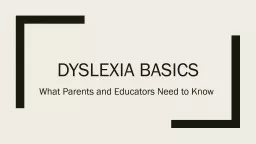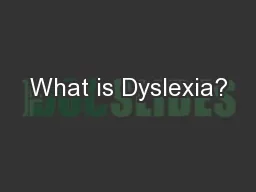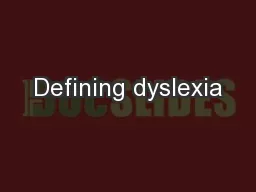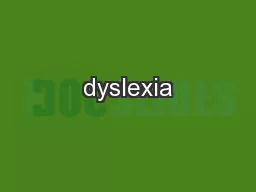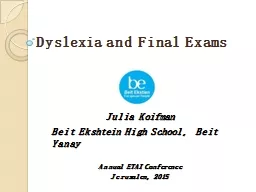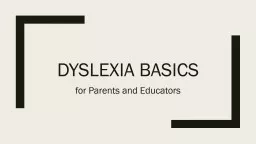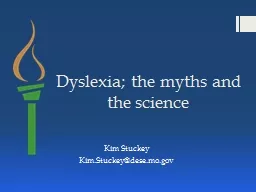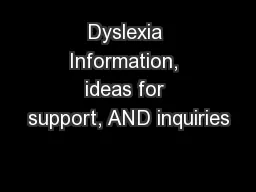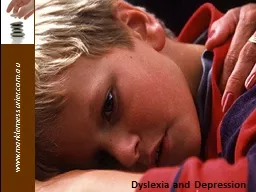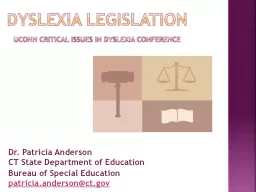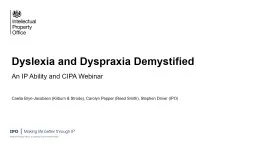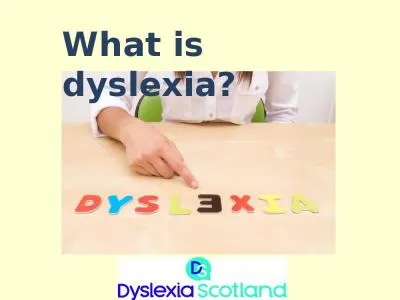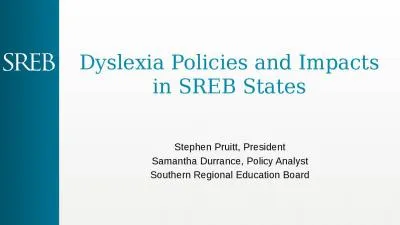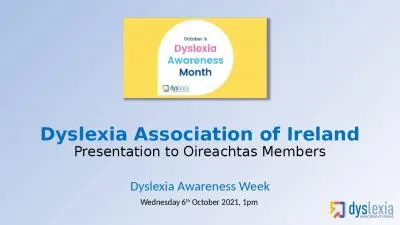PPT-Dyslexia basics What Parents and Educators
Author : min-jolicoeur | Published Date : 2018-03-09
Can Do University of utah reading clinic Dr Kathleen J Brown wwwuurcorg 8012653951 Dyslexia Basics Dys abnormal not in a positive way Greek Lex word Greek
Presentation Embed Code
Download Presentation
Download Presentation The PPT/PDF document "Dyslexia basics What Parents and Educat..." is the property of its rightful owner. Permission is granted to download and print the materials on this website for personal, non-commercial use only, and to display it on your personal computer provided you do not modify the materials and that you retain all copyright notices contained in the materials. By downloading content from our website, you accept the terms of this agreement.
Dyslexia basics What Parents and Educators: Transcript
Download Rules Of Document
"Dyslexia basics What Parents and Educators"The content belongs to its owner. You may download and print it for personal use, without modification, and keep all copyright notices. By downloading, you agree to these terms.
Related Documents

